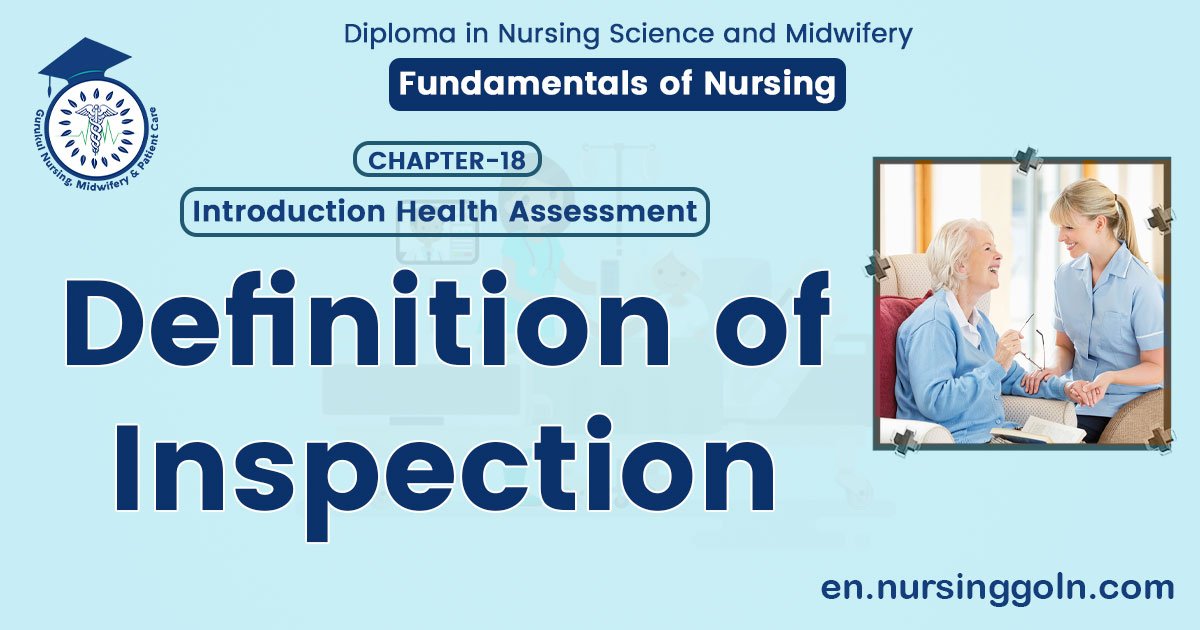Definition of Inspection – Nursing is a profession within the healthcare sector focused on the care of individuals, families, and communities so they may attain, maintain, or recover optimal health and quality of life. Nurses may be differentiated from other healthcare providers by their approach to patient care, training, and scope of practice. Nurses practice in many specialisms with differing levels of prescriber authority.
Many nurses provide care within the ordering scope of physicians, and this traditional role has shaped the public image of nurses as care providers. However, nurses are permitted by most jurisdictions to practice independently in a variety of settings depending on training level. In the postwar period, nurse education has undergone a process of diversification towards advanced and specialized credentials, and many of the traditional regulations and provider roles are changing.
Nurses develop a plan of care, working collaboratively with physicians, therapists, the patient, the patient’s family, and other team members, that focus on treating illness to improve quality of life. Nurses may help coordinate the patient care performed by other members of an interdisciplinary healthcare team such as therapists, medical practitioners, and dietitians. Nurses provide care both interdependently, for example, with physicians, and independently as nursing professionals.
Definition of Inspection
Inspection is defined as “the use of the senses of vision, smell and hearing to observe the normal condition or any deviations from normal of various body parts.”
Or,
Visual examination of a person is called inspection. This is done in an orderly manner, focusing on one area of the body at a time.

Principles of Accurate Inspection:
1. Good lightening either day light or artificial light is suitable.
2. Expose body parts being observed only.
3. Look before touching.
4. Warm room for examination of the client “not cold not hot”,
5. Observe for color, size, location, texture, symmetry, odors, and sounds.
6. Compare each area inspected with the opposite side of body if possible.
7. Use pen light to inspect body cavities.

Guidelines for the Technique of Inspection:
- Make sure the room is a comfortable temperature. ature. A too cold or too hot room can alter the normal behavior of the client and the appearance of the client’s skin.
- Use good lighting, preferably sunlight; fluorescent lights can alter the true color of the skin. In addition abnormalities may be over looked with dim lighting.
- Look and observe before touching. Touch can alter appearance and distract from a complete, focused observation.
- Completely expose the body part I am inspecting while draping the rest of the client as appropriate.
- Note the following characteristics while inspecting the clients color, patterns, size, location, consistency, summery, movement, behavior, odors or sounds.
- Compare the appearance of symmetric body parts. E.g.-eyes, ears, arms, hands or both sides of any individual body part.

Read More…
